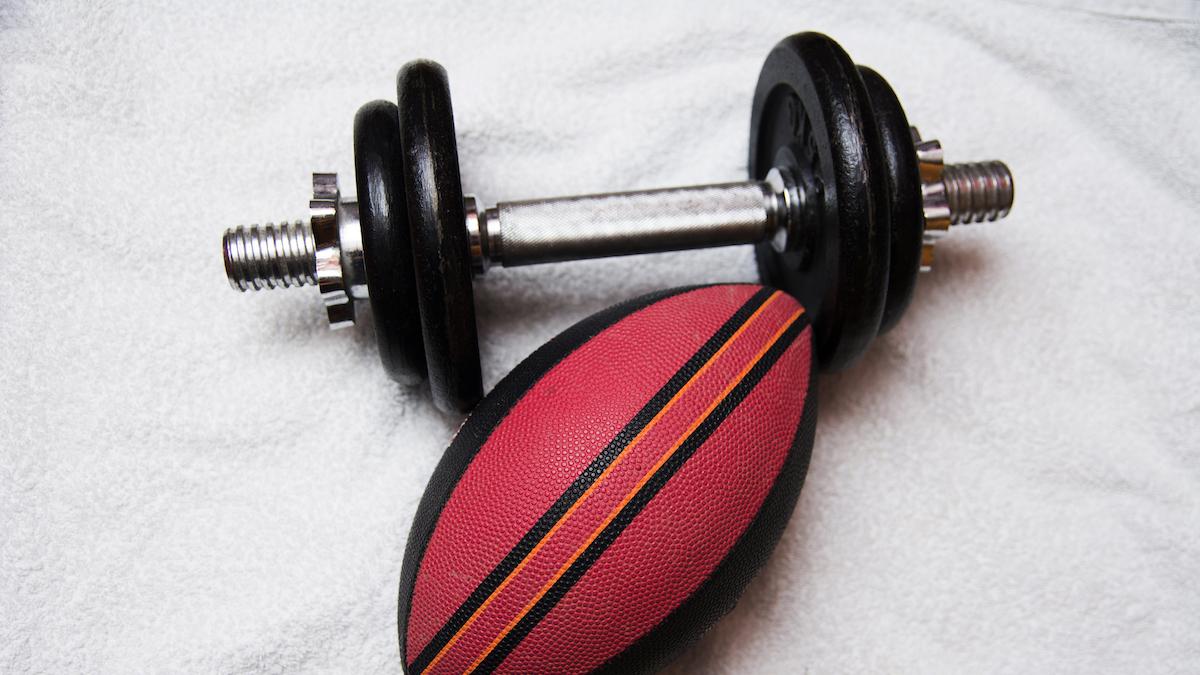How a rugby player must work in the gym to improve fitness and prevent injuries
Francesco Palma
When training in lecture, the error is always around the corner. A simple wrong movement, an excessive thrust can cause problems even of some importance. If we talk about a sport like the rugby, in which the body is often placed under pressure, the risks increase further. How can you train safely in the gym and improve your performance at the same time? He explains it to Official Active Serena Settembri, scrum-half of the Italian champion with Valsugana Padova and personal trainer.
Work out in the gym
—
It seems strange, but not everyone assumes that a rugby player must also work in the gym: “Rugby still carries a cultural heritage according to which only the forwards, especially the front lines, must be big and train in a certain way. . I’ve seen so many backs who believe that their role doesn’t need to work in the gym. Clearly, with the entry of Italy into the world of international rugby this idea is dissolving more and more, but not yet completely ”explains Serena Settembri.
Working “in cycles”
—
“It is important for the athlete to define a long-term plan, set on different cycles – continues the personal trainer -. For example, for one period one can focus on maximal strength, another on explosive strength, and so on. Usually you work on 4-5 weeks, maximum one and a half months, and are set to the time of the season. In a phase in which we play very often we avoid training the maximum strength excessively, in order not to overload the body and not find ourselves too tired in the game “.
Don’t overload
—
“Also in this case everything arises from a certain ignorance on the subject. On the one hand, those who are convinced that one should not work in the gym, on the other hand, those who exaggerate, are two sides of the same coin. There is a belief that an athlete who plays certain roles must be excessively heavy, leading him to overdo some types of training, forgetting that however, rugby is a dynamic sportwhich involves movements based on explosive strength, which are trained with a work of ‘unloading’ in the gym, and not of ‘loading’, around 80% of the strength but with a significantly different quality “.
The movements of the field
—
That in the gym is not only an end in itself, but also serves a reproduce certain movements and efforts which are then done on the pitch, during the matches: “It is possible to bring back, in the work in the gym, the movements you make on the pitch. For example, a push in quadrupedal, or a lift in touche that can be reproduced with a push over the head. You can do this work with a load, in a simple way, in order to reproduce the movements that are often made during matches “.
Free body
—
Finally, Settembri reminds us not to underestimate the free body workouts, especially as regards the accident prevention: “Working free-body also affects a lot, especially from the point of view of mobility and safety. Most bodyweight exercises are used to allow the joints most used by players – knee, shoulder, ankle, hip – to always be mobile and healthy. We must always remember that rugby is a combat sport, we take blows, and if our joints are healthy, the possibility of serious injuries is reduced ”.
© breaking latest news
